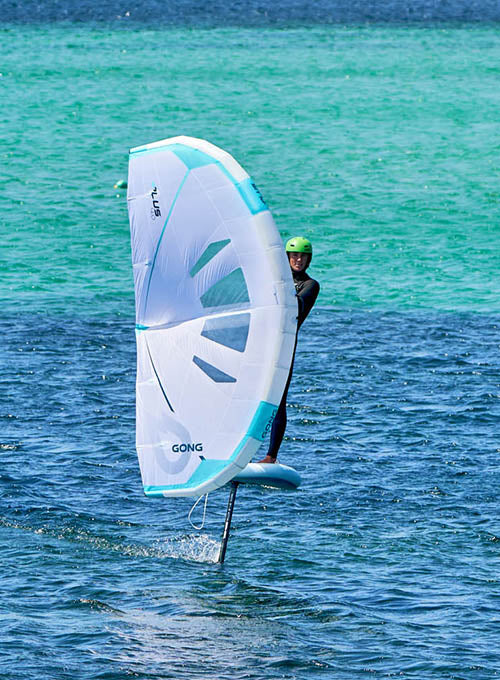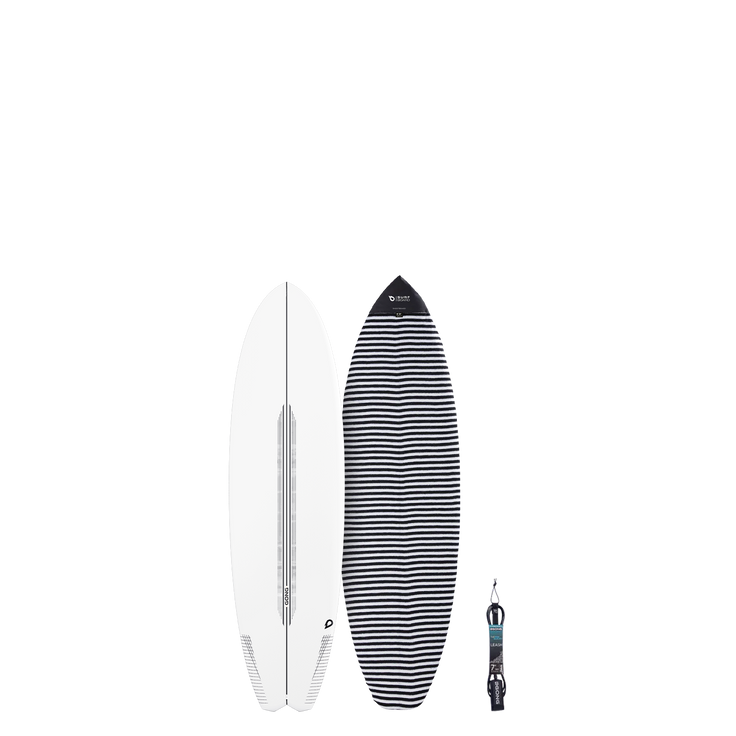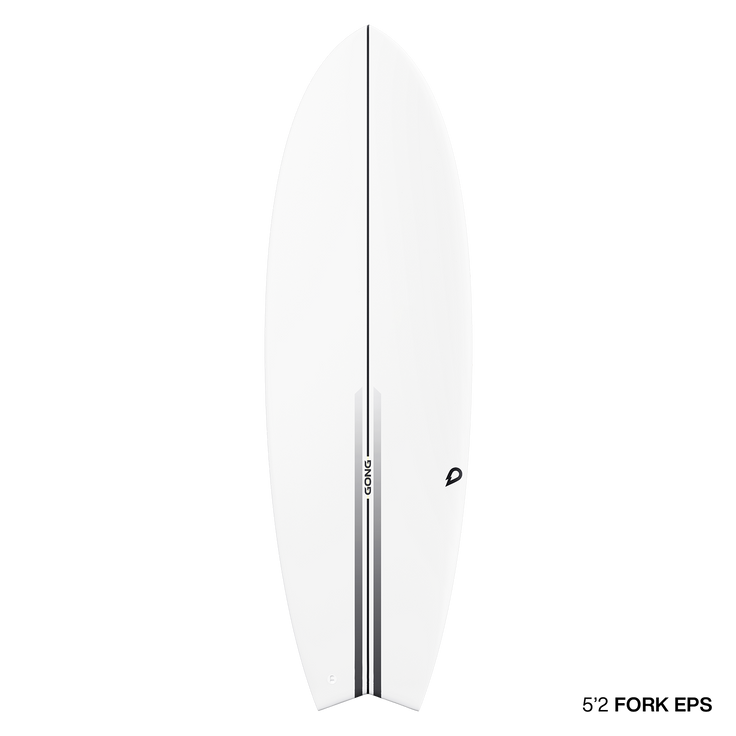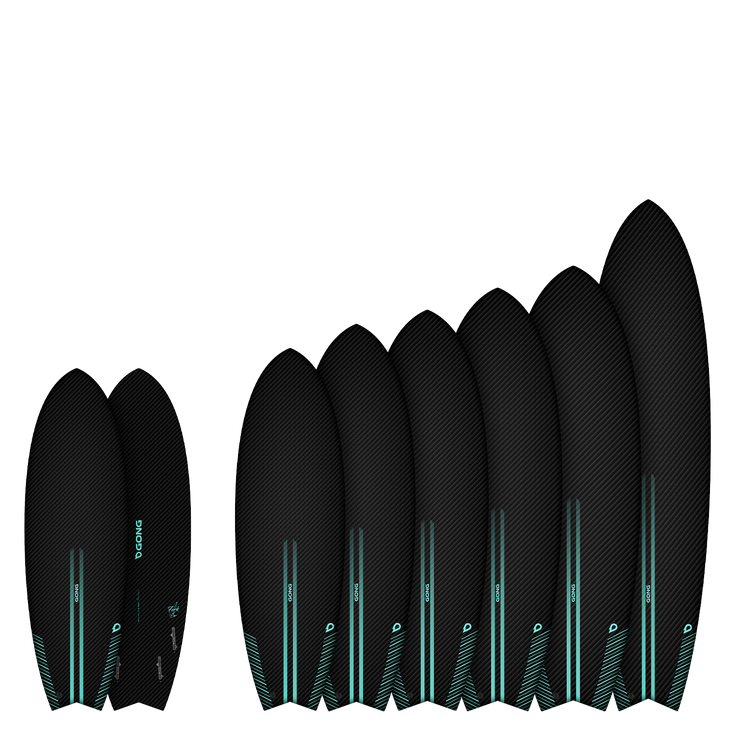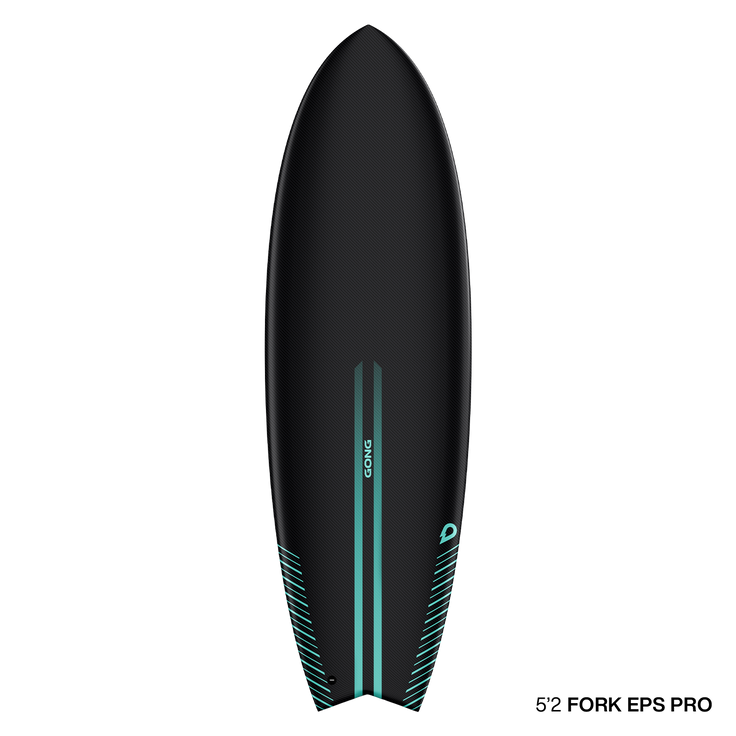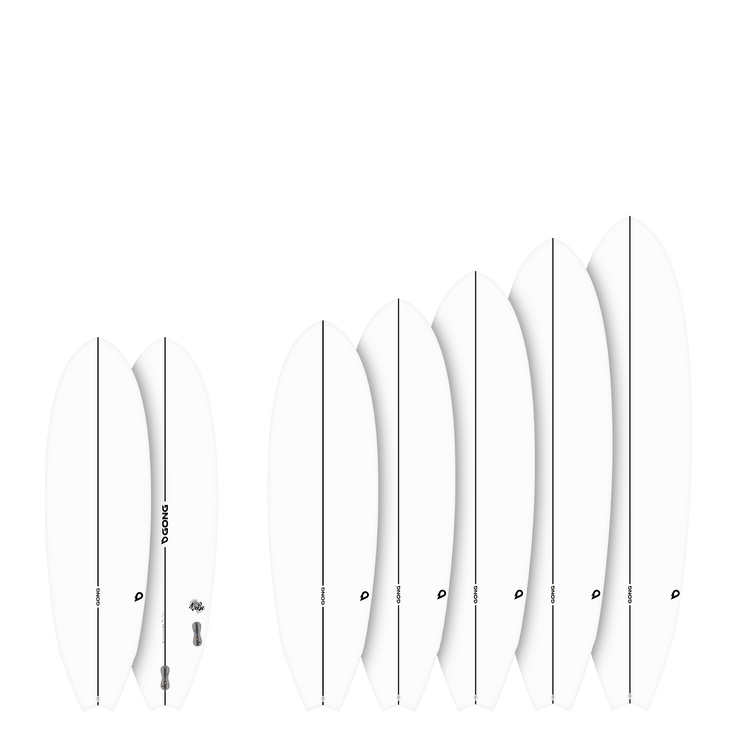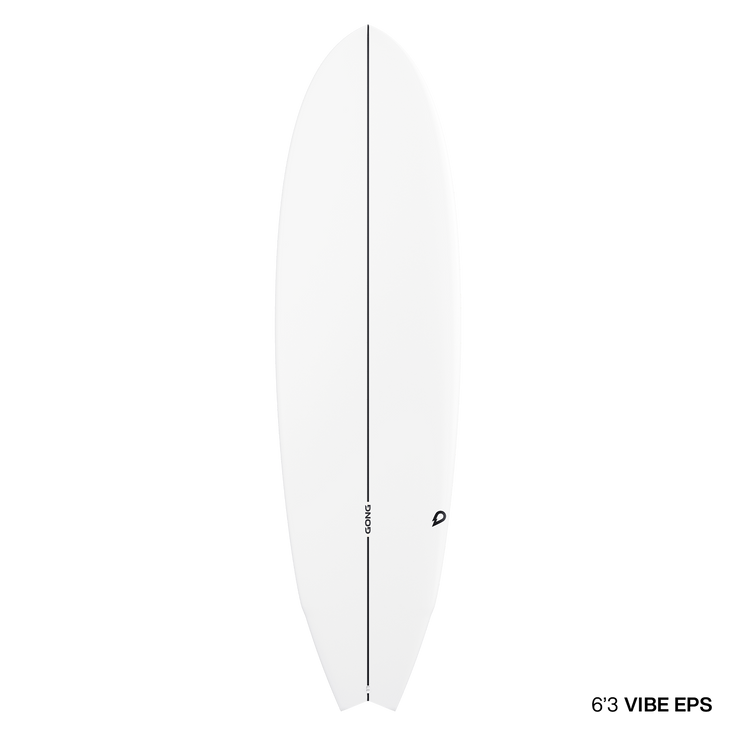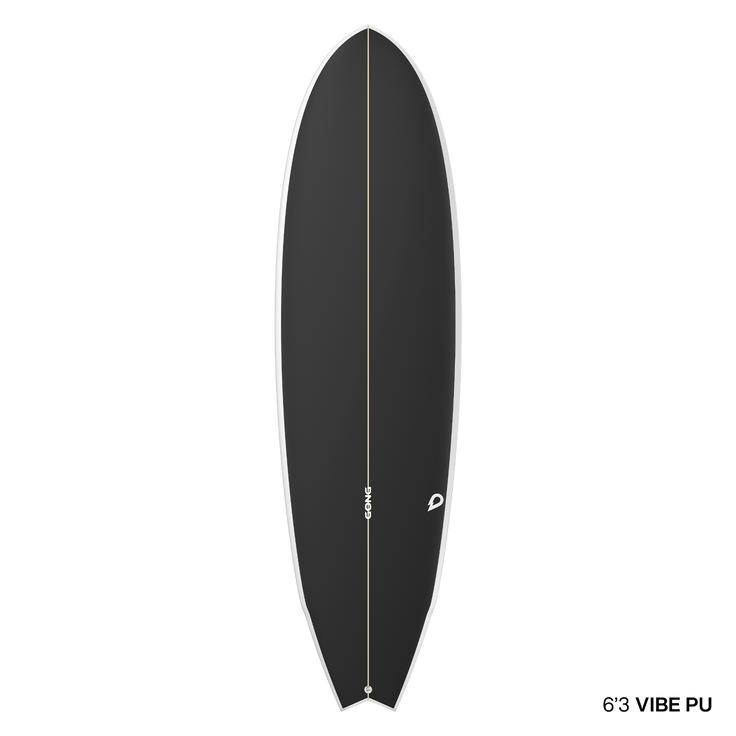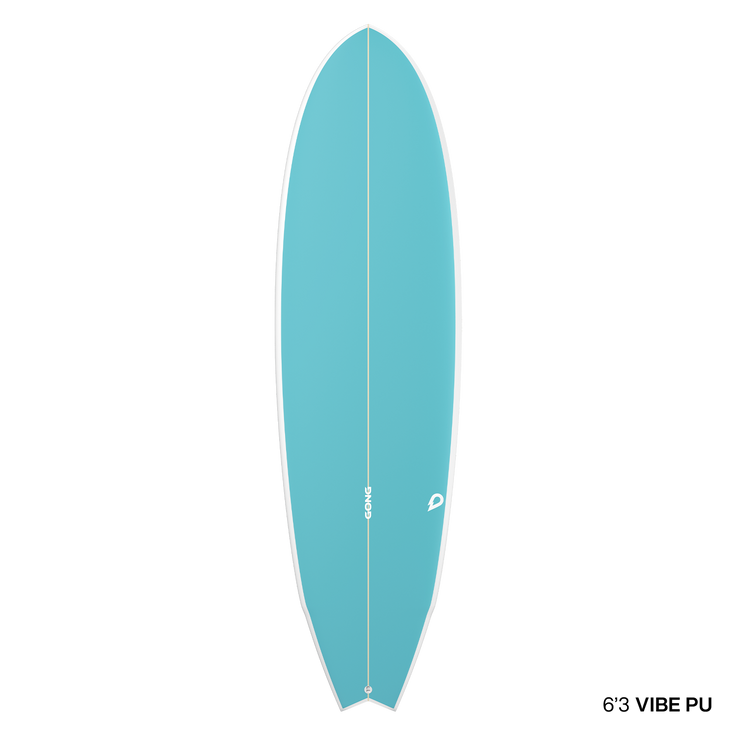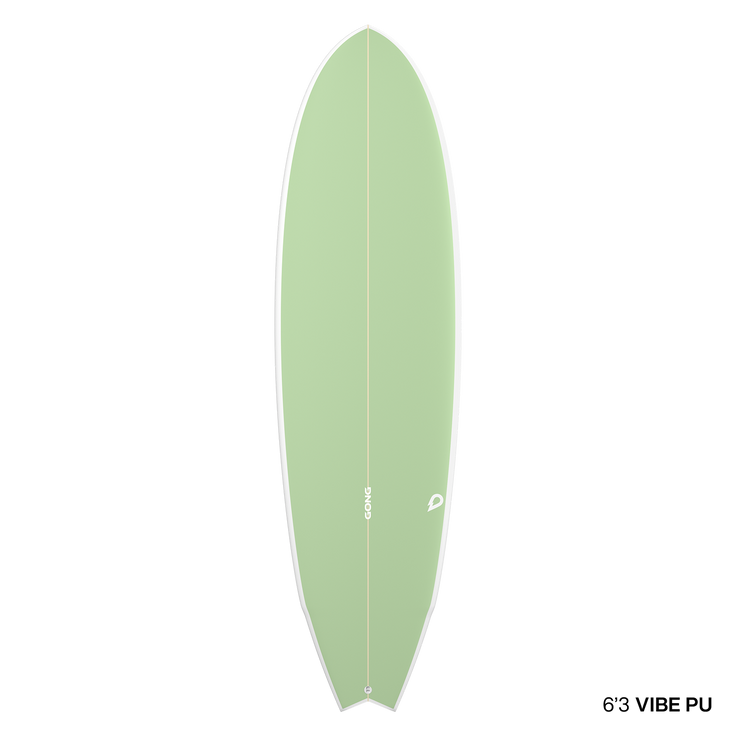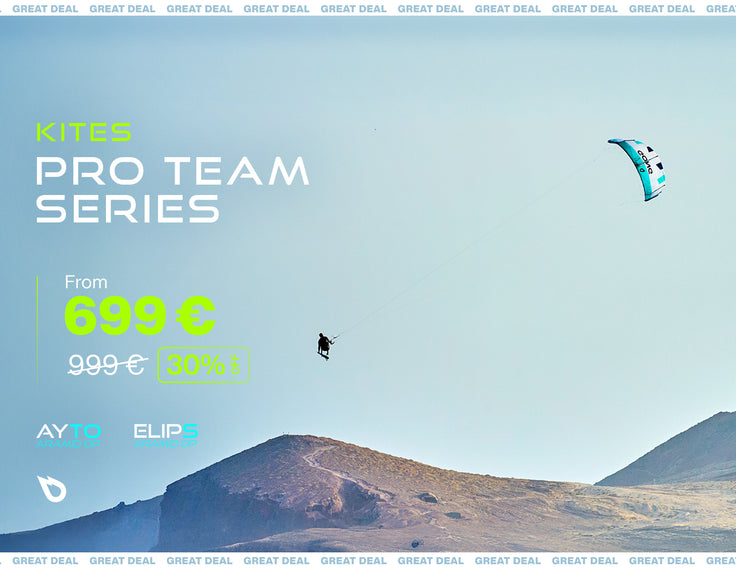INSIGHTS: WHAT IS A GROVELER?
A focus on shortboards for scoring despite a bad forecast!
Short period swell, soft waves, bumpy surface, and yet, it’s often in those conditions that the most fun sessions happen. First, because when you saw the spot, you weren’t expecting much… and second, because it doesn’t take much to link turns and have a blast on a groveler.
Its name, its shape, its spirit, everything about it is designed to get the most out of mediocre waves. Here’s how 👇
 Surfer: Malo, GONG team rider, on the Devil’s Tongue EPS.
Surfer: Malo, GONG team rider, on the Devil’s Tongue EPS.
Why do we say “groveler”?
The word groveler comes from the English verb to grovel, which originally means to crawl or struggle on the ground. Among surfers, the term has taken on a new meaning: it expresses the effort to squeeze every last ounce of energy out of a wave, whether by multiplying turns in the pocket or frantically pumping to get through a flat section.
A groveler board is therefore designed to help surfers make the most of small, weak waves, maintaining speed and fun even when conditions are poor.
 Surfer: Mateia, GONG team rider, on the Fork EPS.
Surfer: Mateia, GONG team rider, on the Fork EPS.
Anatomy of a groveler
A groveler is a surfboard specially designed for small, weak, or mushy waves. Conditions where a classic shortboard would lack speed and lift. Ideal in waist- to head-high waves, it delivers smooth, fast, and lively surfing, even when the swell lacks punch.
Thanks to its generous shape and increased buoyancy, a groveler lets you surf more often, make the most of imperfect conditions, and keep your sessions dynamic when other boards struggle to move.
Here are the main characteristics of a groveler:
-
Shape
Short, wide, and generally high in volume for its length. The nose is full, the tail generous, the overall shape compact. This concentrated volume provides lift and helps catch waves early.
-
Length and width
Usually 3 to 6 inches shorter than a standard shortboard, but 1 to 2 inches wider. The result: a more stable, faster shape that still feels lively underfoot.
-
Outline and volume
The groveler has a wider, rounder outline, with a fuller nose and often a wide tail as well. This extra surface area increases flotation and makes paddling easier. Its total volume is higher than that of a regular shortboard of the same size, allowing earlier take-offs and better speed through flat sections.
-
Rocker
Flatter than that of a standard shortboard. It’s designed for early planing and maximum glide over flat sections. This gentle rocker also provides extra paddling comfort.
-
Bottom contour
Often a single or double concave, sometimes a light vee at the tail. The goal is to channel water under the board to generate speed effortlessly. Most grovelers use shallow single or double concaves for both speed and reactivity. Some feature a light vee at the tail to smooth rail-to-rail transitions.
-
Fins
Fin setup varies: a thruster for pivot and a shortboard feel, or a quad for extra speed.
-
Rails and tail
You’ll find relatively round rails for forgiveness, and a wide tail for lift and easy drive out of turns.
 Surfer: Moritz, GONG team rider, on the Devil’s Tongue EPS.
Surfer: Moritz, GONG team rider, on the Devil’s Tongue EPS.
What makes a groveler different from a fish?
A groveler and a fish are both designed for small waves, but they have distinct personalities, both in design and on the wave. Here are the key differences.
Origin and spirit
The fish comes from the retro surf era of the 1970s, inspired by twin-fin kneeboards, with a smooth carving, glide-oriented style. The groveler is a modern evolution of competition shortboards, reimagined to perform in small surf. Its approach is focused on speed and radical maneuvers in weak waves.
Outline
A fish has a very round outline at the front and ends with a wide, deep swallow tail. It’s usually wider throughout. The groveler is more compact, with an outline close to a shortened shortboard: a pointier nose and a squarer or rounded tail.
Bottom and rocker
A fish has a fairly flat bottom and almost no rocker, which makes it naturally fast and smooth across the wave face. A groveler has a bit more rocker, making it more responsive in tight turns but slightly slower in a straight line.
Fin setup
A classic fish uses a pair of keel fins, two large, widely spaced fins that enhance glide and smooth, flowing style. Grovelers often use a quad setup for stability and speed, or a thruster for more control, pivot, and precision in turns.
Behavior on the wave
The fish glides and accelerates effortlessly but prefers smooth, flowing lines and big, round turns. It doesn’t like abrupt moves. The groveler, by contrast, is more “skatey”: it pivots quickly, bounces through flat sections, and allows tighter turns closer to high-performance shortboard surfing.
In summary
The fish is about glide, style, and retro flow. The groveler highlights modern performance: speed, drive, and maneuverability.
 Surfer: Ahiri, GONG team rider, on the Imperatrice EPS.
Surfer: Ahiri, GONG team rider, on the Imperatrice EPS.
Who is a groveler for?
- For a progressing beginner, the groveler helps you advance effortlessly.
- For an intermediate surfer, it teaches you to generate your own speed.
- For an advanced surfer, it offers playfulness and real performance in overlooked waves.
In any quiver, it’s an essential board. It saves sessions. It also develops your positioning and flow, both crucial for small-wave surfing. It can even make you rediscover spots you once considered uninteresting.
 Surfer: Evelin, GONG team rider, on the Batmob EPS.
Surfer: Evelin, GONG team rider, on the Batmob EPS.
How do fins influence performance?
Fin setup has a strong influence on how a groveler rides:
- Thruster (3 fins): A good balance between control and drive. Perfect for those who want a traditional high-performance shortboard feel.
- Quad (4 fins): Faster and looser, ideal for generating speed in soft waves.
- Twin + trailer: More playful, smoother, and with extra glide. It evokes a fish’s feel while maintaining grip in committed turns and stability at high speed, an excellent option to boost performance in small surf.
 Surfer: Evelin, GONG team rider, on the Batmob EPS with a quad setup.
Surfer: Evelin, GONG team rider, on the Batmob EPS with a quad setup.
What are the different types of grovelers, and which one should you choose?
There are hybrid grovelers like the Batmob and the Devil’s Tongue, designed for fun and ease at every level.
- Thanks to its ability to perform in modest conditions, its easy paddling and take-off, and its speed even in soft sections, the Batmob is the ultimate fun groveler. A progressing surfer should choose a generous size and volume. A skilled surfer will be amazed by its speed and responsiveness.
- The Devil’s Tongue excels in small to medium waves, perfectly combining ease and performance.
Then come modern grovelers directly derived from shortboards, built for high performance in weak waves: speed, drive, and tight turns, like the JVB The BO, Karamba, Fork, or Vibe.
- The Karamba has a shape very close to a traditional shortboard, but with fuller nose and tail dimensions and a flatter rocker, giving it all the qualities needed to perform in medium surf. It’s the one to choose if you want to keep a 100% shortboard thruster spirit.
- The JVB The BO is a perfect option if you want to combine the glide of a fish with the performance of a thruster. Its compact format gives it a skate-like agility and feel, a unique shape that defines the groveler spirit.
- The Fork is a clever blend of shortboard and fish, though it rides more like a classic shortboard, huge speed boost and incredible pop. It’s the non-retro fish!
- The Vibe’s ability to generate speed while keeping pivot makes it a great choice for surfers seeking a “quasi-groveler” with a bit more performance. A twin + trailer setup is an excellent option for this board if you want to break away from the traditional thruster feel.
 Surfer: Mateia, GONG team rider, on the Vibe EPS.
Surfer: Mateia, GONG team rider, on the Vibe EPS.
Conclusion
The groveler is the board that reminds us why we surf: simply to have fun. It has the unique ability to turn soft, short, or messy waves into conditions where anything becomes possible.
It’s not a backup board or a compromise, but a full approach to surfing in its own right. In any quiver, the groveler is the key to surfing more often and progressing without waiting for perfect conditions.


